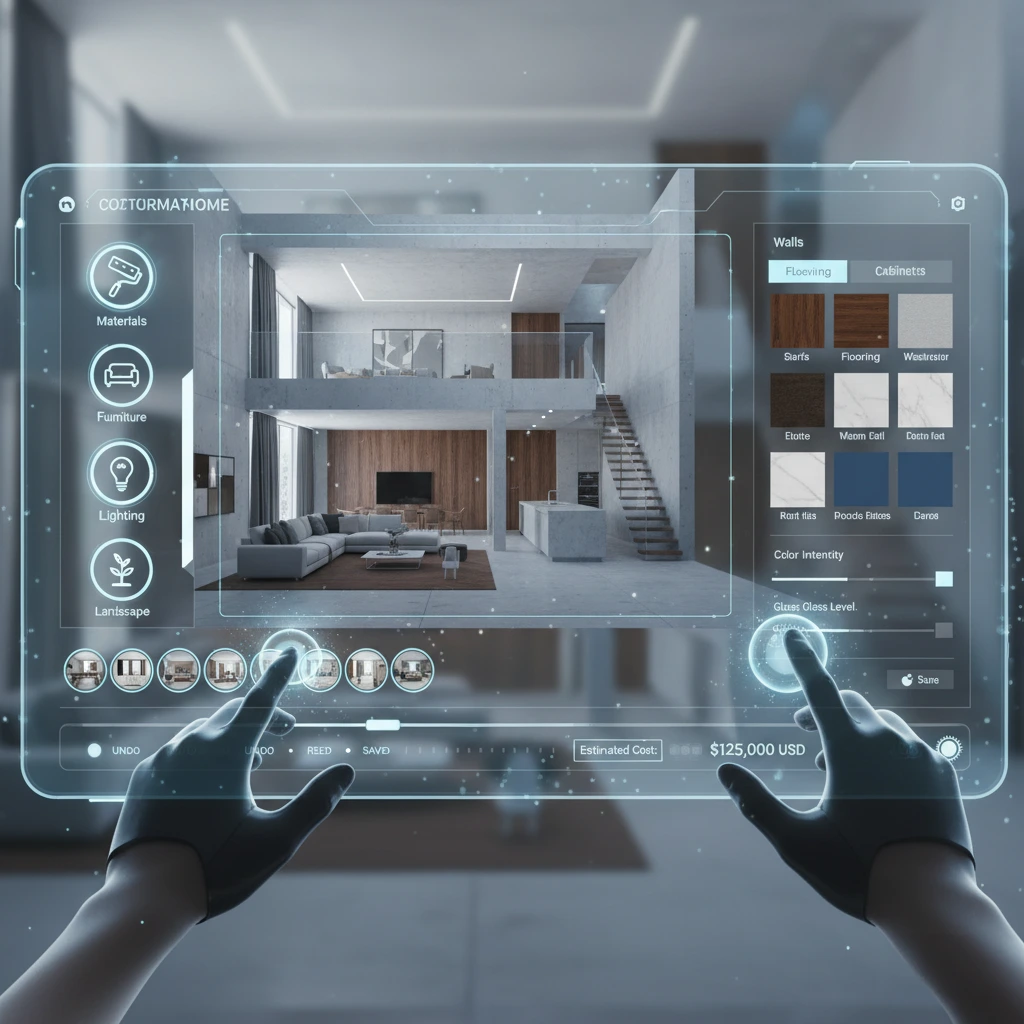Design Your Dream Home Before You Move In With Virtual Tools
For many homeowners, the process of personalization begins only after the property is purchased. While traditional upgrades depend on physical renovation, new digital services now allow interiors to be previewed and adjusted virtually. Through virtual home customization and immersive real estate experience platforms, companies are extending services into the after-sales phase, giving clients the ability to refine and plan their spaces more effectively.
Why Interiors Need Post-Sale Personalization
Standard finishes and layouts often do not align with the tastes of individual buyers. Once possession is complete, making changes can involve delays, high costs, and a degree of uncertainty about the final outcome. Buyers want to visualize interiors clearly before committing to upgrades. Post-sale customization tools help them explore different finishes, furniture options, and layouts in a way that reduces both risk and guesswork.
How the Technology Works
Modern interactive 3D platforms create detailed virtual tours of villas, apartments, or commercial spaces that present interiors with accurate scale, dimensions, and ultra-realistic textures. These are not static videos but walk-through experiences where users can move through rooms at their own pace, both on desktop and mobile devices.
In this scenario, both AR and VR serve distinct but complementary roles:
- Augmented Reality (AR): AR uses a mobile device or tablet camera to overlay design options directly onto a homeowner's existing space. For example, pointing the device at a living room wall can display how it looks in a new color or with a different furniture layout. This makes AR interior upgrades practical for quick, visual decision-making.
- Virtual Reality (VR): VR creates a fully immersive simulation of the property where homeowners can walk through their interiors as if physically present. In these property personalization VR experiences, the immersive perspective provides confidence in choices that will later be executed physically.
The technology supports multiple features critical for interior planning:
- Interiors with and without
furniture
Users can toggle between furnished and unfurnished views, helping them visualize empty layouts as well as finished rooms. - Day and night modes
Lighting variations can be previewed to understand how interiors will look across different times of day. - Floor plans and measurements
Each room includes detailed measurements, allowing buyers to plan placement of furniture and other decorative items accurately. - Interior configurators
After purchasing a property, clients may be offered options to customize interiors with different paint colors, furniture pieces, false ceilings, and decorative elements.
These immersive tools are created using inputs like 2D layout drawings and mood boards of materials. Within weeks, service providers can generate interactive tours that can be accessed directly via browser, without requiring additional hardware.
Benefits of Virtual Customization
The advantages extend to both homeowners and developers:
- For homeowners: Clearer decision-making, reduced chances of error, and the ability to explore upgrades without immediate financial or physical commitments. Instead of imagining how a kitchen or living room may look, they can see realistic previews instantly.
- For developers and service providers: Adding post-sale services builds stronger client relationships. Engagement levels rise significantly when interactive tours are offered, with users spending longer time exploring and often returning to view updates. This also creates opportunities to offer upgrade packages and premium interior options.
Considerations and Best Practices
Accuracy remains the foundation of trust in these tools. Textures, lighting, and proportions must closely align with reality to avoid disappointment. Simplicity is equally important and thus the platforms should work seamlessly on common devices and be intuitive for non-technical users.
Best practices include starting with simple AR interior upgrades such as wall colors or flooring, then progressing to advanced walkthroughs with full customization. Providing professional guidance ensures that digital choices are practical and physically achievable. Clear communication on costs, feasibility, and timelines helps maintain client confidence.
Challenges to Address
While highly effective, virtual customization comes with considerations. Creating high-quality interactive models requires investment in skilled teams and technology. Some structural changes may not be possible despite digital previews, making expectation management essential.
Personalization is now a central expectation for buyers in real estate. The tools and technologies like Virtual home customization, immersive real estate experience platforms, AR interior upgrades, and property personalization VR are allowing homeowners to make confident decisions about interiors even after buying the property. At the same time, these services allow property dealers to extend their engagement with clients and generate better revenue streams.
If you are exploring ways to provide such experiences, KiXR offers advanced interactive 3D property tours with configurators, day and night views, and browser-based access that make interior personalization practical and effective. For more information about what we offer, visit our website to get in touch with us.
Kavita has been adept at execution across start-ups since 2004. At KiKsAR Technologies, focusing on creating real life like shopping experiences for apparel and wearable accessories using AI, AR and 3D modeling


